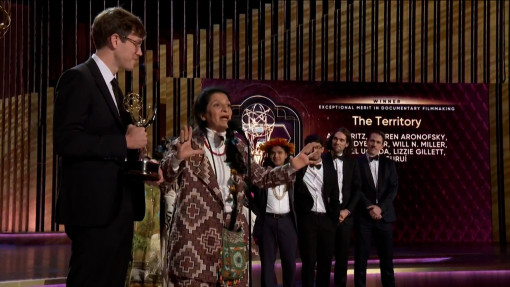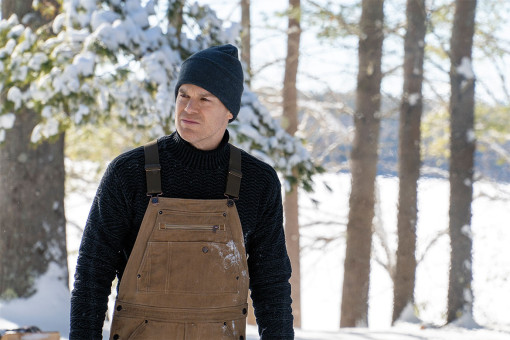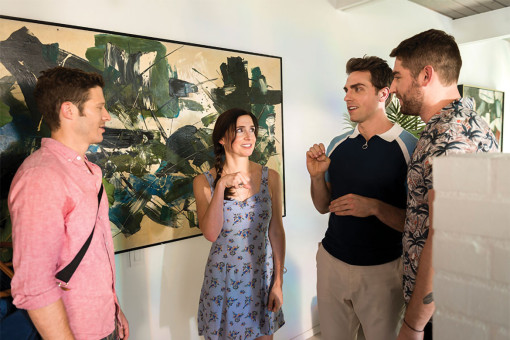Filmmaker Darren Aronofsky famously specializes in the cerebral, creating movies that make us question religion, celebrity or even our mere existence.
But his latest project moves away from allegory and into cold hard facts about our planet, as told by some of those who know it best: the scientists who have seen it from outer space.
Dubbed One Strange Rock, the 10-part series debuts March 26 on National Geographic. It partners Aronofsky's Protozoa Pictures with Jane Root's Nutopia, a production company known for what it calls "megadocs," or projects that combine elevated writing and cinematography to ensure they'll never be confused with the sorts of things that bored generations of junior high science classes.
This one spans 45 countries over six continents — and includes shots from the International Space Station — to give us belly-flip-inducing footage that definitely shouldn't be watched on a laptop.
"What's so exciting about this show is, it's told from the perspective of the few men and women who have left this planet and have had the privilege of looking back," Aronofsky says. Among the interviewees are former ISS commander Chris Hadfield and Peggy Whitson, who holds NASA's record for most days in space (that would be 665). Actor Will Smith provides charismatic narration.
Aronofsky says that anyone lucky enough to go into space inevitably has what he calls an "awe-filled experience," in which they realize "that everyone you know who has lived and died and created masterpieces or has had the worst possible existence, every single person is on this one rock that's just floating out in almost an infinity of nothingness."
Broken into 10 chapters that have titles like "Gasp" and "Shield," the series explores how we got to this point in civilization and how Earth has been affected. The visuals range from aerial shots of falling glaciers to footage of people harvesting mussels under frozen waterbeds. Root remembers getting a call that one shoot didn't go as planned because a volcano had erupted. She was told, "The good news is nobody's hurt and they filmed it all."
An environmental activist and longtime reader of National Geographic magazine, Aronofsky understands humans' fickle relationship with our home. He loves that One Strange Rock gets "to try and combine all the different sciences — earth science, astronomy, chemistry, physics, anthropology — everything into a single show."
Root stresses that, given the current political climate in America in particular, the premiere is very well timed. "It's a really good moment for the planet to talk about the planet," she says. "It's a moment to talk about science and to talk about awe and wonder and how incredible our Earth is, and also how fragile some of those connections are that hold things together."
She says making her audience stop and think about why we can safely breathe oxygen, or how the sun is both a friend and a foe, doesn't mean she's making "an overtly political show."
"We're not telling people how to vote," she says. "But it's a show that's voting for the planet."
This article originally appeared in emmy magazine, Issue No. 2, 2018












